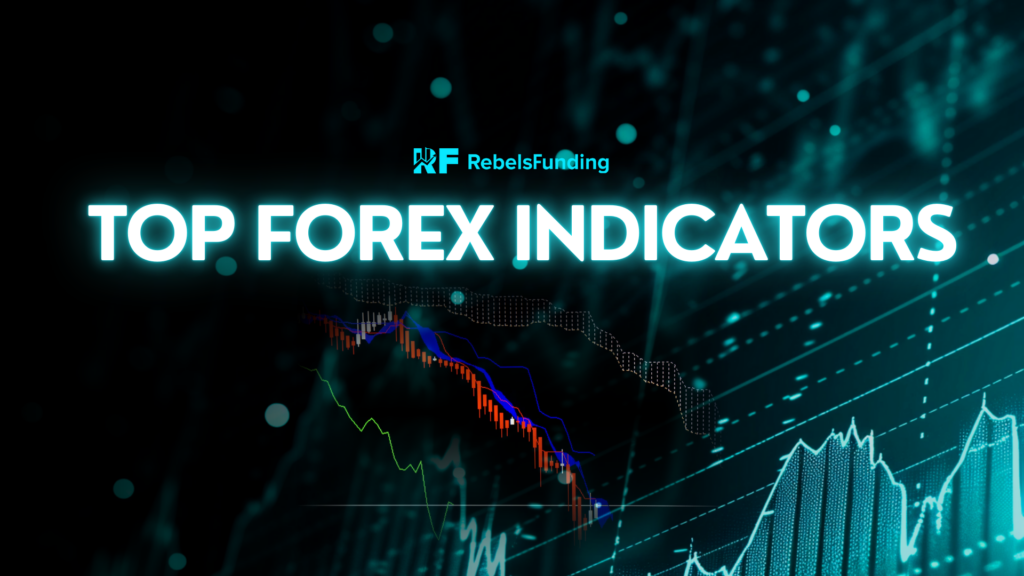Top 6 Forex Indicators Every Trader Should Know

Some of the most effective forex indicators include the Moving Average (MA), Relative Strength Index (RSI), Bollinger Bands, Parabolic SAR, Aroon, and On Balance Volume (OBV), each offering unique insights into market trends, volatility, and potential reversals.
Let’s explore these indicators in more detail and understand how they can enhance your trading strategy:
Moving Average (MA)
Moving Averages are popular tools that smooth price fluctuations, making it easier to spot trends.
There are two primary types: the Simple Moving Average (SMA), which calculates the average of closing prices over a set period, and the Exponential Moving Average (EMA), which gives more weight to recent prices for quicker responsiveness.
MAs help identify trends and potential support or resistance levels.
Relative Strength Index (RSI)
RSI is a momentum oscillator that measures the speed and change of price movements on a scale of 0 to 100.
Readings above 70 often indicate an overbought market, signaling a potential downward reversal, while readings below 30 suggest oversold conditions, pointing toward a possible uptrend.
Divergence between RSI and price action can also signal trend continuations or reversals.
Bollinger Bands
Bollinger Bands consist of a simple moving average (middle band) and two standard deviation bands that track price volatility.
When the bands widen, it suggests high volatility; when they narrow, it indicates low volatility.
Price touching the upper or lower band can signal overbought or oversold conditions, respectively, which traders use to anticipate potential market reversals.
Parabolic SAR
The Parabolic SAR is a trend-following indicator that places dots above or below the price on a chart.
These dots shift position as the trend changes, helping traders identify trend direction, potential reversal points, and exit strategies.
When the dots are below the price, it signals an uptrend, while dots above the price indicate a downtrend.
Aroon Indicator
The Aroon indicator features two lines, Up and Down, which measure the strength of a bullish or bearish trend based on the number of periods since the highest or lowest price was reached.
When Aroon Up is higher, it signals a bullish trend, while Aroon Down being higher indicates a bearish trend.
Crossovers between the lines may suggest trend reversals.
On Balance Volume (OBV)
OBV tracks the cumulative trading volume and its relation to price changes. A rising OBV indicates strong buying pressure, while a falling OBV signals selling pressure.
Traders use OBV to confirm trends, spot potential reversals, and identify key support or resistance levels, helping gauge whether market momentum aligns with price movements.



